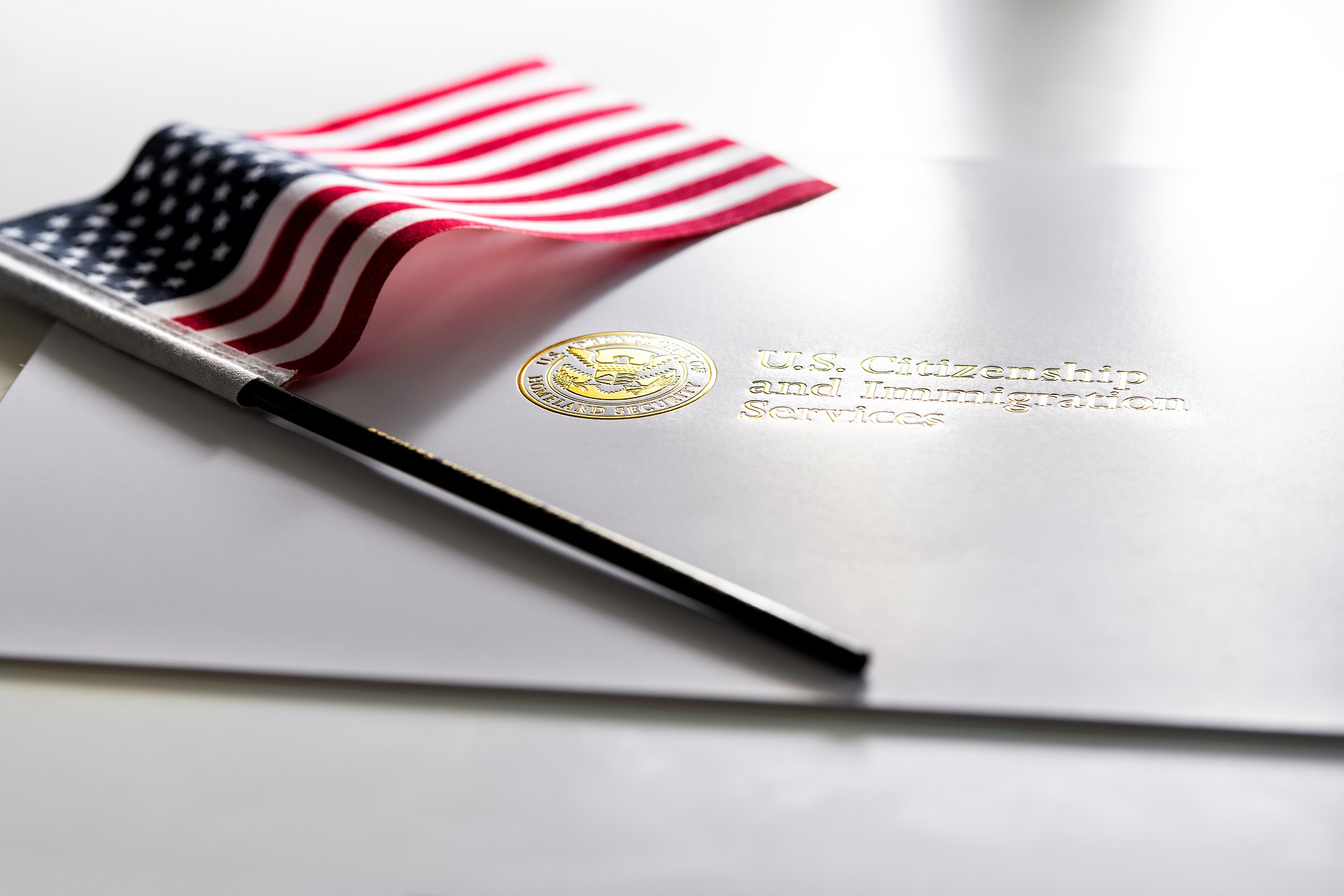The H-2B visa classification allows employers to bring foreign national workers to fill temporary nonagricultural positions. Businesses in industries as varied as hospitality and tourism, landscaping, seafood processing, and more depend on seasonal or temporary workers. The H-2B program permits employers to temporarily hire noncitizens to perform nonagricultural labor or services in the U.S. The employment must be of a temporary nature, such as a one-time occurrence, seasonal need, or intermittent need.
Employers seeking H-2B workers must take a series of steps to test the labor market. They must also certify in their petitions that there are not enough U.S. workers who are able, willing, qualified, and available to perform the temporary work for which they seek a prospective foreign national worker. In addition, employers must certify that employing H-2B workers will not adversely affect the wages and working conditions of similarly employed U.S. workers.
Here is a quick synopsis of the steps.
H-2B Eligible Nations
Typically, U.S. Citizenship and Immigration Services (USCIS) approves H-2B petitions only for nationals of countries that the secretary of Homeland Security has designated as eligible to participate in the programs; 87 nations, including Mexico, are currently eligible to participate in the H-2 program.
H-2B Cap
The H-2B visa classification has a statutory numerical limit of 66,000 per fiscal year divided into 33,000 for employees who initiate employment in the first half of the fiscal year (October 1-March 31), and 33,000 visas for employees who start work in the second half of the fiscal year (April 1-September 30). Any unused numbers from the first half of the fiscal year will be available for employers seeking to hire H-2B workers during the second half of the fiscal year. However, unused H-2B numbers from one fiscal year do not carry over into the next fiscal year.
On Oct. 12, 2022, the Department of Homeland Security (DHS), in consultation with the Department of Labor (DOL), announced it will be issuing a regulation that will make available to employers an additional 64,716 H-2B visas for fiscal year 2023, on top of the 66,000 H-2B visas that are normally available each fiscal year. The H-2B supplemental visas include an allocation of 20,000 to workers from Haiti and the Central American countries of Honduras, Guatemala, and El Salvador. The remaining 44,716 supplemental visas will be available to returning workers who received an H-2B visa or were otherwise granted H-2B status, during one of the last three fiscal years.
Period of Stay
Generally, USCIS may grant H-2B classification for up to the period of time authorized on the temporary labor certification. H-2B classification may be extended for qualifying employment in increments of up to one year each. A new valid temporary labor certification covering the requested time must accompany each extension request. The maximum period of stay in H-2B classification is three years.
A person who has held H-2B status for a total of three years must depart and remain outside the United States for an uninterrupted period of three months before seeking readmission under the H-2B classification. Additionally, previous time spent in other H or L classifications counts toward total H-2B time. Certain periods of time spent outside of the U.S. may "interrupt" an H-2B worker's authorized stay and not count toward the three-year limit.
Temporary Need
Sponsored employment must be of a temporary nature in order to qualify for an H-2B. An employer’s need is considered temporary if is either:
One-Time Occurrence
An organization asserting a one-time occurrence must show that it has:
- An employment situation that is otherwise permanent, but a temporary event of short duration has created the need for a temporary worker.
- Not employed workers to perform the service or labor in the past, and will not need workers to perform the services or labor in the future.
Seasonal
An organization asserting seasonal need must show that the service or labor for which it seeks workers is:
- Traditionally tied to a season of the year by an event or pattern
- Of a recurring nature
Note: You cannot claim a seasonal need if the time period when you do NOT need the service or labor is unpredictable; subject to change; or considered a vacation period for your permanent employees.
Peak Load Need
An organization asserting a one-time occurrence must show that it:
- Regularly employs permanent workers to perform the services or labor at the place of employment;
- Needs to temporarily supplement its permanent staff at the place of employment due to a seasonal or short-term demand; and
- The temporary additions to staff will not become part of the employer's regular operation.
Intermittent Need
An organization asserting an intermittent need must show that it:
- Has not employed permanent or full-time workers to perform the services or labor; and
- Occasionally or intermittently needs temporary workers to perform services or labor for short periods
H-2B Process
The H-2B process involved the following steps:
- Obtaining a prevailing wage determination from DOL
- Filing a temporary labor certification application to DOL and a job order with the state workforce agency
- Recruiting for U.S. workers
- Filing a petition for nonimmigrant worker with USCIS
- If the worker is outside the U.S., applying for an H-2B visa at a U.S. Embassy or Consulate to enter the U.S. and commencing employment
Compliance
Employers participating in the H-1B process must agree to comply with multiple requirements. Employers must comply with these requirements with respect to both their H-2B workers and workers in corresponding employment. Corresponding employment is generally defined as non-H-2B workers performing substantially the same work as that included in the job order or substantially the same work as that performed by the H-2B workers, with exclusions for certain long-term incumbent workers and for certain workers under a collective bargaining agreement or individual employment contract.
Of note, the employer must pay at least the offered wage indicated on the H-2B application, which equals or exceeds the highest of the prevailing wage or the federal minimum wage, state minimum wage, or local minimum wage, for all hours worked during the entire period of the job order, and must pay those wages free and clear. If workers are paid based on piece-rates, commissions, bonuses, or other incentives, the employer guarantees a wage earned every workweek that equals or exceeds the offered wage.
The employer must make all deductions from workers' paychecks required by law. Other additional deductions must be reasonable and must be disclosed in the job order. Deductions that are not disclosed are prohibited. The employer must guarantee to offer the workers employment for a total number of work hours equal to at least 75 percent of the workdays in each 12-week period (or each six-week period if the job order is less than 120 days). If, during any 12-week or six-week period, the employer does not offer H-2B or corresponding workers sufficient hours to meet the three-fourths guarantee, the employer must pay such workers the amount they would have earned had they actually worked for the guaranteed number of workdays.
The employer must keep accurate records of workers' earnings, hours of work offered, and hours actually worked. On or before each payday (which must occur at least every two weeks or according to the prevailing practice in the area of intended employment, whichever is more frequent), each worker must be given a pay stub showing hours offered, hours actually worked, hourly rate and/or piece-rate of pay, and, if piece-rates are used, the number of units produced daily. The pay stub must also indicate total earnings for the pay period and all deductions from wages.
In addition, the employer must either advance all visa, border crossing, and visa-related expenses to H-2B workers, pay for them directly, or reimburse all such expenses in the first workweek. The employer will either advance all transportation and subsistence expenses to workers traveling to the employer's worksite, pay for them directly, or reimburse the expenses. The employer must retain for three years all documents pertaining to the application and registration, the recruitment-related documents, the payroll records and related documents.













